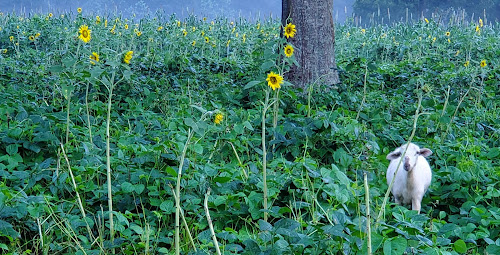Tuesday, December 22, 2020
Lambs Weaned
Friday, November 20, 2020
Saturday, November 14, 2020
Schommer Pond Area
Thursday, November 12, 2020
Moving Sheep
Radish
Monday, November 9, 2020
Fall Planting
Thursday, October 1, 2020
Fall Lambing 2020
Wednesday, August 19, 2020
Hay for Winter
These are some pictures of the hay fields and of us loading and transporting the hay. I drove my truck and trailer. Jeffrey drove his truck and the hay cutter let us use his trailer to help speed up the removal; 10 bales per load. Jackie drove their truck around the hay fields when Jeffrey was using a tractor to load the hay. As hurricane Isaias was moving up along the east coast there were several hot, dry highs in the mid country that were giving us a nice long dry weather window for making and moving hay. So, over the long weekend of August 8 and 9, we made multiple trips. We heard the news that Mary was in labor with Oliver on August 9, while we were loading and unloading hay.

Here, Jeffrey is unloading hay from the borrowed trailer.
Before putting the bales in the barn, we used a probe to test their moisture content. Most bales were in the 15 to mid 20's percent moisture, which is good. Any that were 30 or higher were set aside and put in last. Most of these were in the 30's, only one read up around 50. The concern is as the hay bales cure, if there is too much moisture, they heat up and can catch fire, if they get hot enough and are packed in too tight. So, these are packed in double rows with about a 1 foot space between each row. That way there is at least one open face to the air. They are also up on pallets. With this ventilation and the low moisture content the stack should be good. The few questionable ones were put in front where I could keep an eye on them with a temperature probe for several days.
















































